Imagine pulling a carton of milk from your fridge, pouring it into your cereal, tasting it, and then realizing – it’s not dairy milk at all; it’s oat milk! That was my first encounter with this beverage. Its creaminess took me by surprise and left me wondering, “What’s the science behind this?” By the end of this enlightening journey, you will have unraveled the mystery of oat milk’s creaminess.
From Sweden to the World: The Rise of Oat Milk
Oat milk was quietly gaining traction worldwide and popularized by a Swedish company, Oatly, gaining a respectable standing in the dairy alternatives market. Its humble start has now erupted into an industry behemoth.
Packing bold flavors in every sip, oat milk has not only won hearts in Sweden, but it’s also a rising star across the globe. According to Grand View Research, oat milk commands an impressive compound annual growth rate (CAGR) of 14.2% from 2020 to 2028 in the alternative milk retail market, offering stiff competition to non-dairy counterparts like almond milk and even cow milk!
The Inside Story: Key Components of Oat Milk
Now let’s take a closer look at what hides behind this dairy substitute’s thick, creamy layers. Oat milk is a blend of simplicity and creativity – a concoction of soaked oats, water, and rapeseed oil. The latter plays a vital role in endowing oat milk with that enchanting texture that feels close to the real dairy experience. Rapeseed oil trod the tricky path and found the perfect balance, neither overwhelming the natural taste of oats nor under-spanning its contributions.
Creaminess Crafted: The Manufacturing Process of Oat Milk
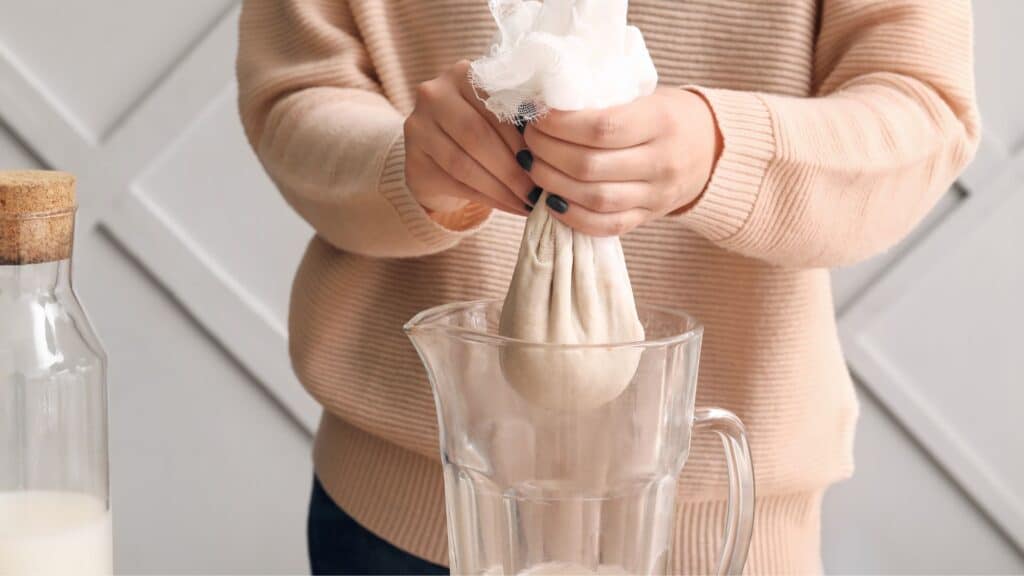
It commences with soaked oats meeting their fate in a blender, breaking them down and setting their starchiness free in the form of a thick, white liquid.
This liquid then travels through an emulsification process where the real magic unfurls! Rapeseed oil and natural sugars get mixed into the blend. The emulsification ensures microscopic oil droplets get suspended throughout the mix, lending oat milk its unique creamy texture.
Here’s another surprise! Oats soak in more water compared to nuts or rice. A lot more fiber and protein-rich grain survives the straining and makes it into the final product. That’s why oat milk is thicker and less mild in taste, adding to its overall creaminess.
A Closer Look At Oat Milk: Cracking the Nutritional Code
We’ve already dived into the making, but how does oat milk fare when we break down its nutritional content? Let’s stack oat milk against prominent dairy alternatives to draw a fair comparison.
When we peek at protein content, a cup of cow’s milk scores the highest at 8 grams, followed by soy milk at 7 grams and oat milk at 3 grams. Although oat milk may not be the top contender here, it definitely surpasses almond milk, which meagerly offers just 1 gram of protein. So, if protein plays a significant role in your dietary considerations, oat milk efficiently bridges the gap between dairy and non-dairy options.
Its intriguing carbohydrate story sets oat milk a notch above its competitors. Oats, being a grain rather than a nut or legume, have a higher carb content. And while in the world of dietary preferences, carbohydrates often face a grim reputation, getting them from oats isn’t anything to shy away from. With its low glycemic index, oat milk proves to be an excellent source of ‘slow’ carbs ensuring sustained energy release and reducing sudden sugar spikes.
Making A Planet-Friendly Choice: Oat Milk and Sustainability
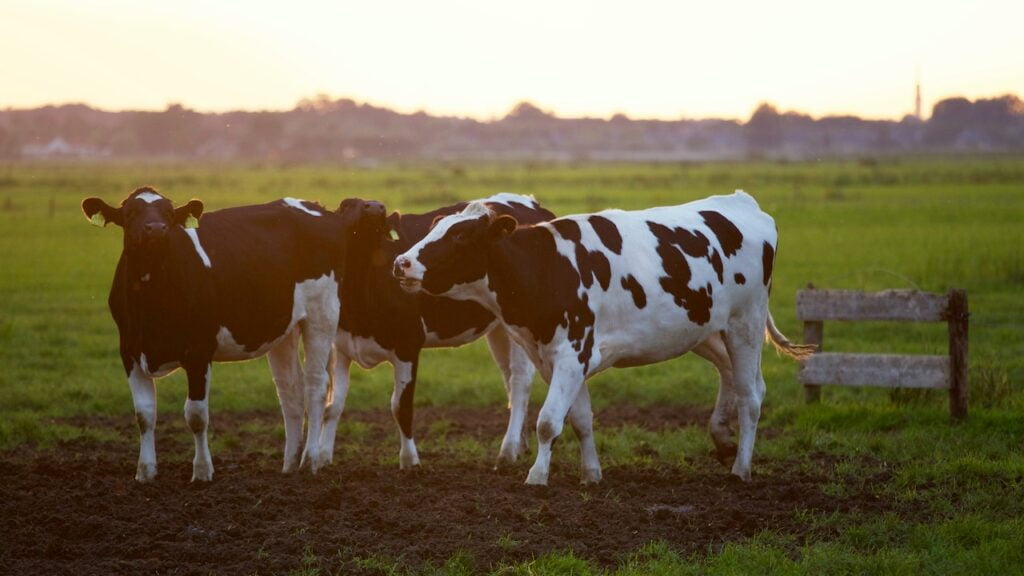
As we enlighten ourselves on the oat milk journey, it’s heartening to note that every glass of oat milk you sip is also a humble nod to environmental conservation. Let’s take the case of cow’s milk. It requires a lot more land, not to mention the significant amounts of feed, water, energy consumed, and methane emissions produced by dairy herds, all of which contribute to climate change. On the other hand, oats grow in average to moderately rich soil, require much less water and land, and result in considerably lower greenhouse gas emissions. So, whenever you choose oat milk over dairy, you’re chopping down on your carbon footprint, conserving resources and substantially contributing to a healthier planet.
Homemade Creaminess: DIY Oat Milk Recipe
Love the idea of fresh, unprocessed creamy oat milk without stepping out? Here’s a simple DIY recipe.
Soak a cup of oats in water overnight, drain, and rinse them thoroughly. Blend the oats with approximately 3-4 cups of fresh water for about a minute. Strain the mixture using a nut milk bag or cheesecloth to separate the liquid. This oat milk might taste slightly different from your commercial brands due to the absence of additives and the joy of being ‘made at home.’
Concluding Thoughts
We began this journey with a quest to understand the creaminess of oat milk and have now explored its nutritional makeup, environmental advantages, and even learned how to make it at home. It’s incredible how this humble grain, processed thoughtfully, can give us an indulgent, creamy, and sustainable beverage choice.
So, it’s time to stir up some homemade oat milk or grab a carton of your favorite oat milk brand from the list of reviews by Purely Sip. Make it a part of your daily dose of goodness, whether in your morning coffee, smoothies, or just a refreshing cold glass of oat milk.


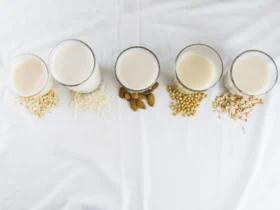
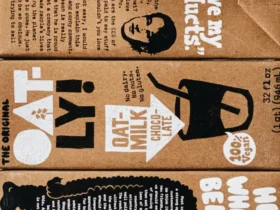

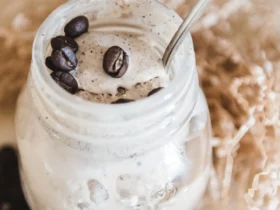
Leave a Reply